The best budget DSLRs in 2025: traditional interchangeable lens cameras at affordable prices
The best budget DSLRs are still some of the best value cameras you can get, here are our top recommendations
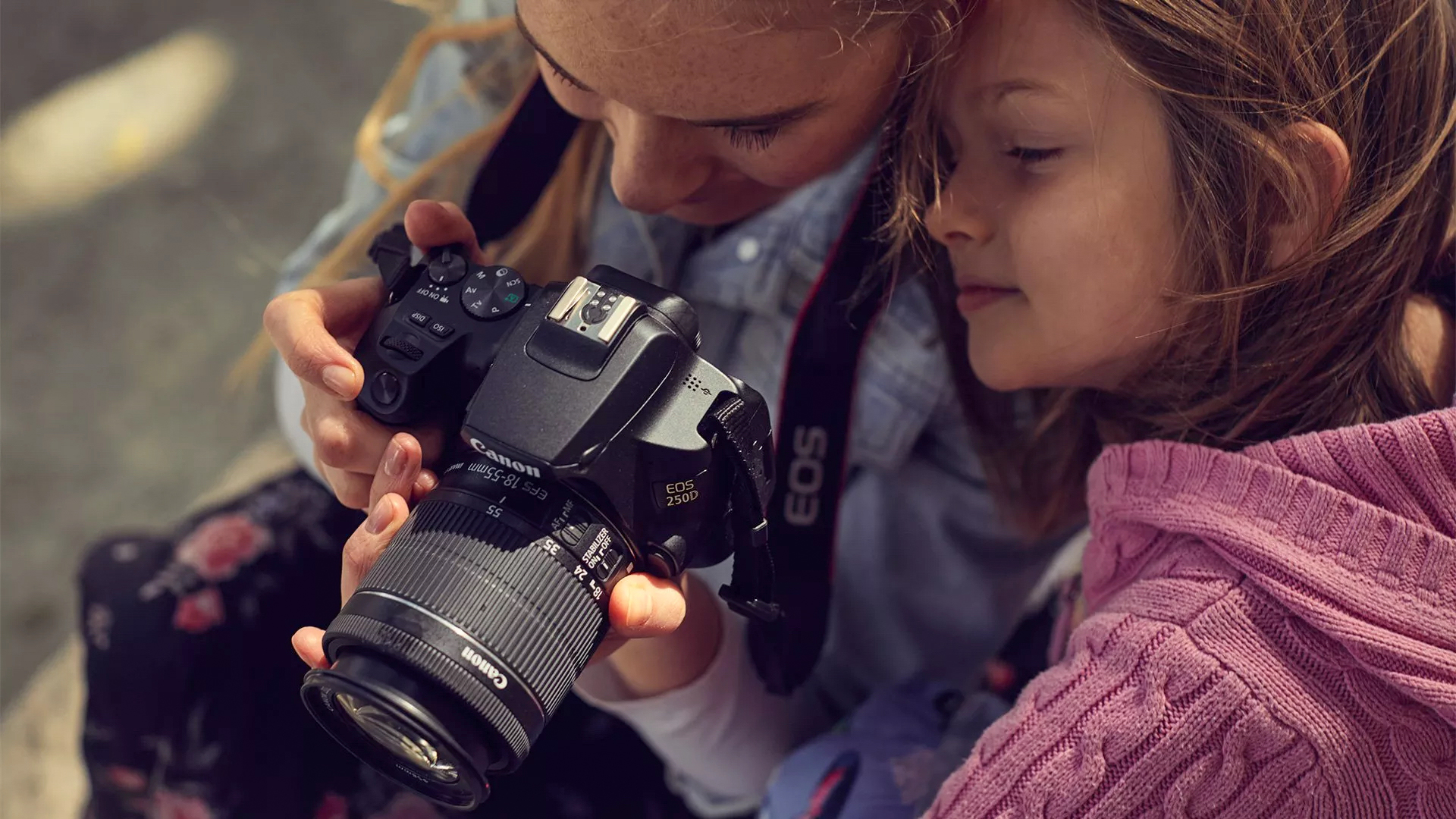
Choosing a budget-friendly DSLR is a great way to get into photography without stretching your finances. In tough economic times, it’s understandable to be mindful of spending, but that doesn’t mean you have to put your creative pursuits on hold. Instead, making informed choices and prioritizing value can help you continue your passion without overspending.
DSLRs remain a solid option for photographers looking for affordability without compromising on quality. While mirrorless cameras dominate today’s market with cutting-edge features, DSLRs have been refined over decades and continue to offer excellent performance. Though fewer new models are being released and deals are becoming scarcer, these cameras still present a cost-effective choice for those who value reliability and durability.
With their mechanical shutters and optical viewfinders, DSLRs provide a tactile and immersive shooting experience that many photographers appreciate. Their robust build quality often includes weather sealing, making them reliable tools for outdoor shooting in various conditions.
One of the biggest advantages of DSLRs is their extensive lens compatibility. Decades of lens development mean that a vast selection is available, particularly on the secondhand market. This makes DSLRs not only an affordable initial investment but also a practical long-term choice for photographers looking to expand their kit without breaking the bank.
While they may not have the ultra-fast autofocus or cutting-edge video capabilities of the latest mirrorless models, most photographers don’t require those features for everyday shooting. If your priority is capturing stunning still images rather than chasing the newest technology, budget DSLRs offer a dependable, flexible, and high-value alternative at a fraction of the cost.
Best budget DSLRs: our top picks
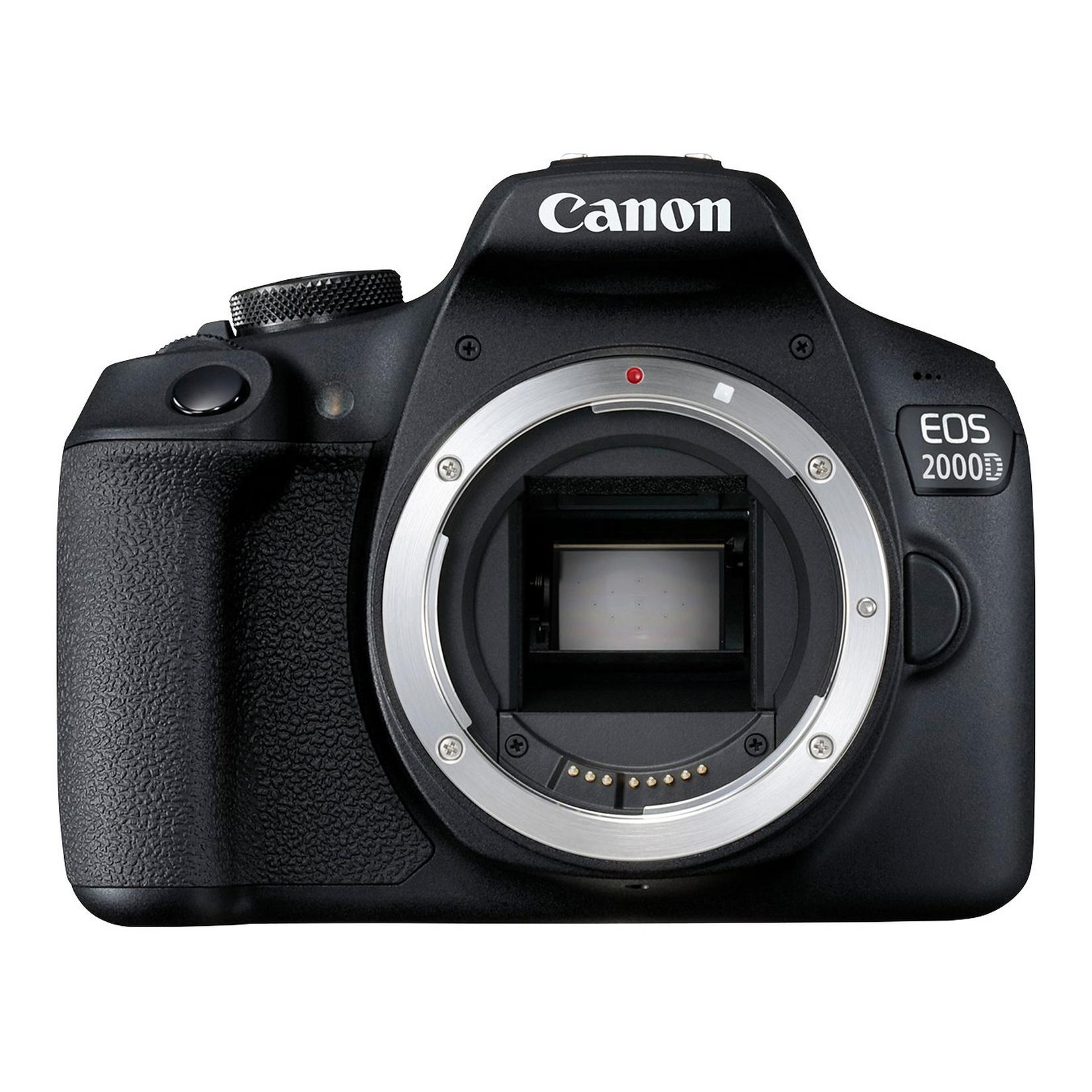
This is Canon’s entry-level DSLR, designed to be a solid starting point for anyone’s journey into photography. As such, it is extremely basically kitted out – with just 3fps burst mode and a simple 9-point autofocus system.
Read more below
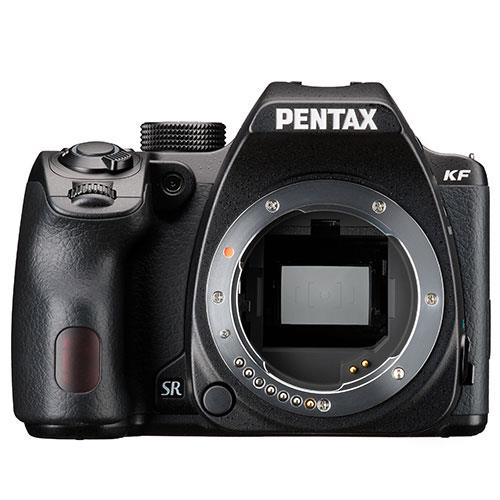
If you are looking for the most modern features in a DSLR, then the Pentax KF is most likely your only option, with no other brand actively developing new DSLRs.
Read more below
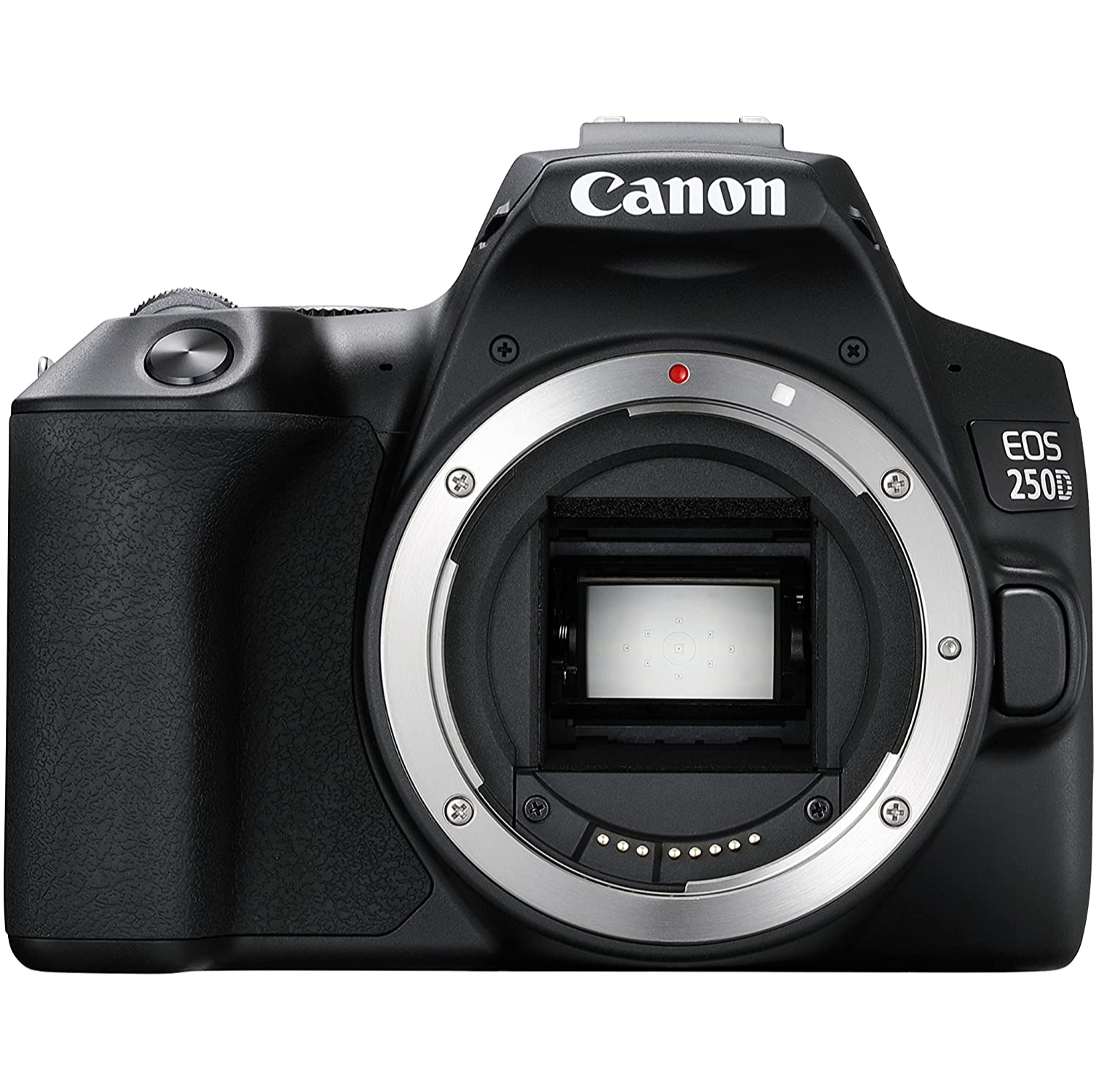
The Canon EOS Rebel SL3 (sold as the EOS 250D in Europe) may not be the firm’s cheapest DSLR, but if you’re willing to pay the extra bucks, you do get quite a bit more for your money.
Read more below

If you want to use a proper camera over your smartphone the Nikon D5600 is the perfect camera for photography enthusiasts with 24MP stills and 1080p Full HD video capabilities.
Read more below
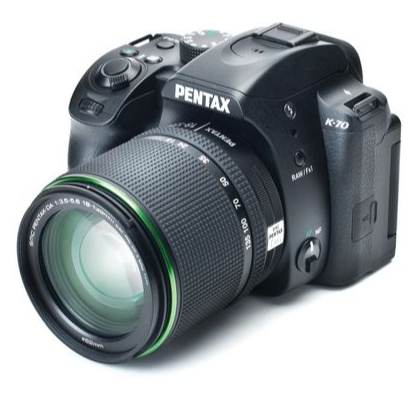
If your looking for a great budget DSLR that also the best weather sealing to take on the most extreme weather condition, look no further.
Read more below

This is very similar to the Rebel T7/EOS 2000D - but swaps out the 24MP sensor for a lower-resolution 18MP one, to offer a slightly cheaper option. For our money, we think it is worth paying the extra though.
Read more below

Jon spent years at IPC Media writing features, news, reviews and other photography content for publications such as Amateur Photographer and What Digital Camera in both print and digital form. With his additional experience for outlets like Photomonitor, this makes Jon one of our go-to specialists when it comes to all aspects of photography, from cameras and action cameras to lenses and memory cards, flash diffusers and triggers, batteries and memory cards, selfie sticks and gimbals, and more besides.
An NCTJ-qualified journalist, he has also contributed to Shortlist, The Skinny, ThreeWeeks Edinburgh, The Guardian, Trusted Reviews, CreativeBloq, and probably quite a few others we’ve forgotten.
The best budget DSLRs
Why you can trust Digital Camera World
Best for beginners
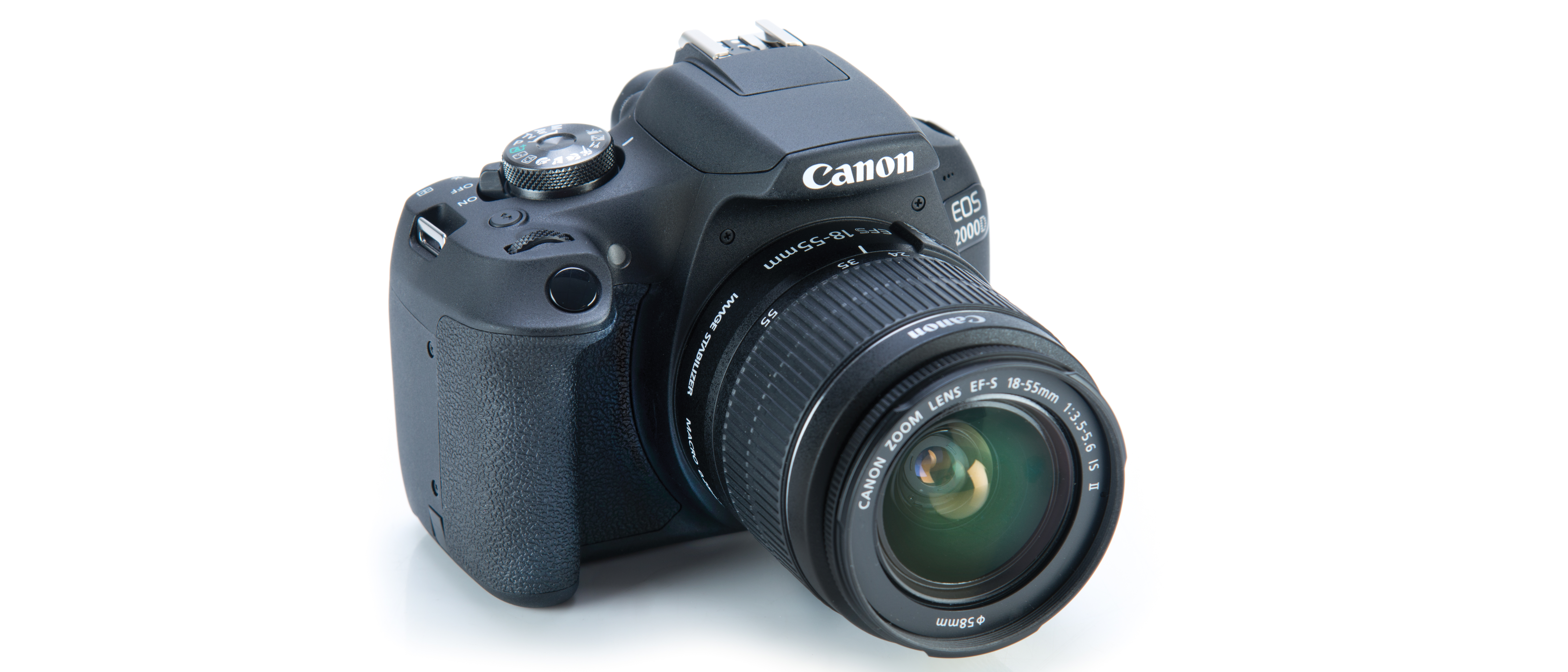
Specifications
Reasons to buy
Reasons to avoid
Sample images
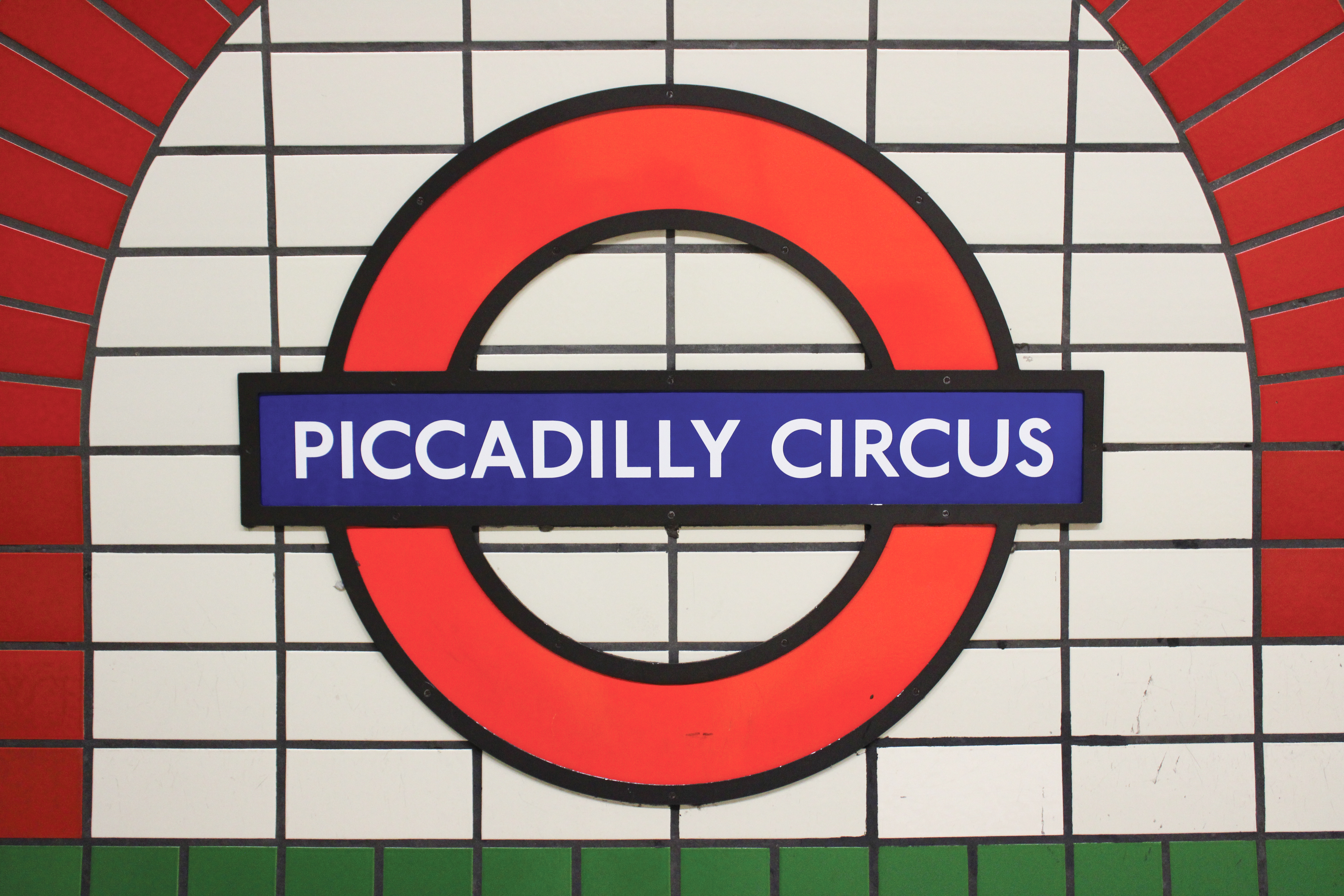
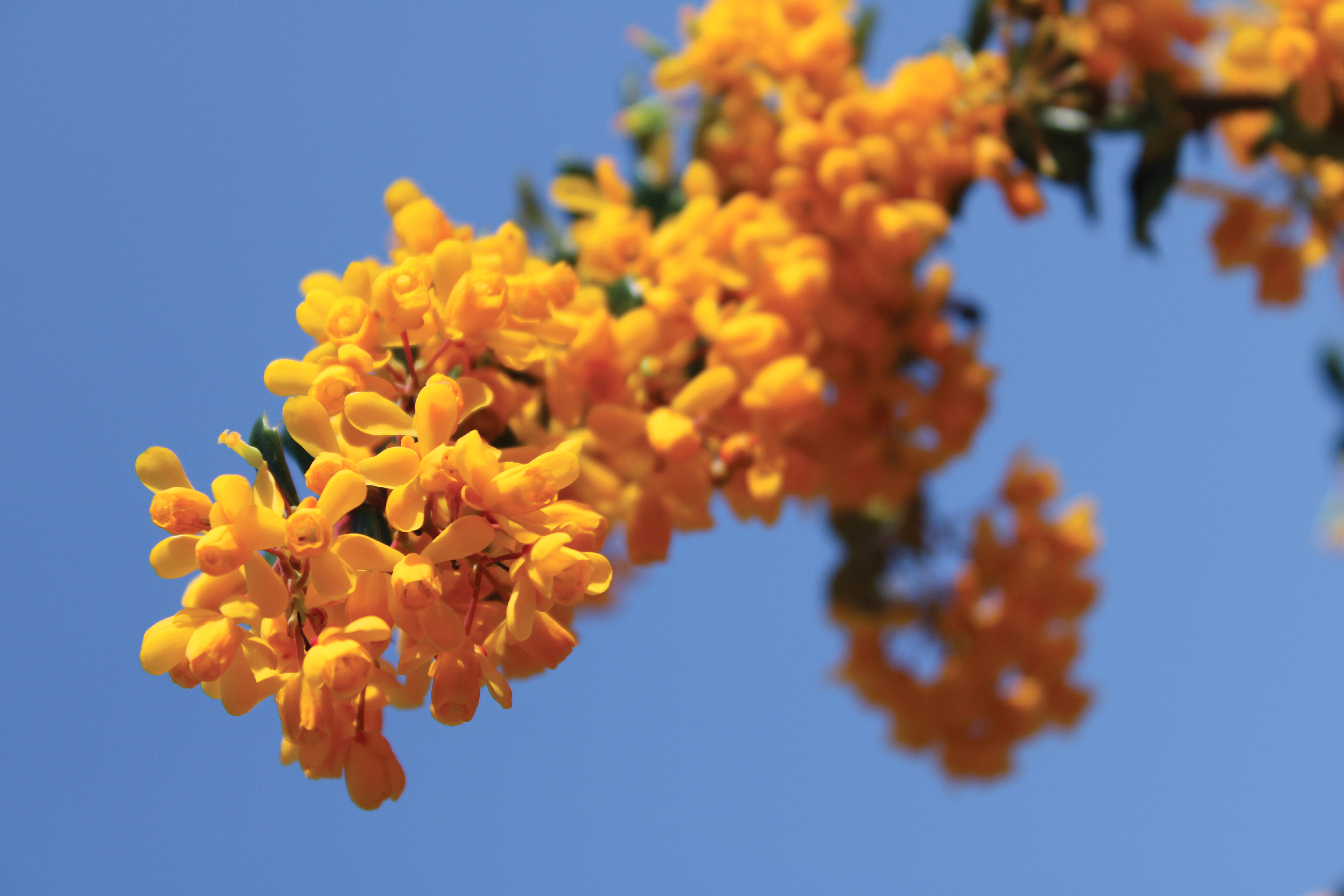
✅ You're on a strict budget: Offers all you need, but that's it
❌ You want good Autofocus: It's present, but it's very basic
This is Canon’s most entry-level DSLR, designed to be a solid starting point for anyone’s journey into photography. As such, it is extremely basically kitted out – with just 3fps burst mode and a simple 9-point autofocus system, it’s not going to win any awards for speed.
The fundamentals, however, are solid – it’s got a 24.2MP APS-C sensor that produces images of decent quality for the price. In our review, we found that the EOS Rebel T7 (sold as the EOS 2000D in Europe) outperformed its entry-level rivals in image quality lab tests.
The EF-S lens mount means you have a huge catalog of lenses to play with. This will be useful, as the kit lens bundled with the camera is not much to write home about. Fundamentally though, this budget DSLR does everything required to justify its price, and any starting photographer will find it a solid platform to learn on.
A similar Canon EOS Rebel T100 / EOS 4000D model is also available but has a lower resolution 18MP sensor, and a smaller 2.7in screen.
Read our full Canon Rebel T7 / EOS 2000D review for more details
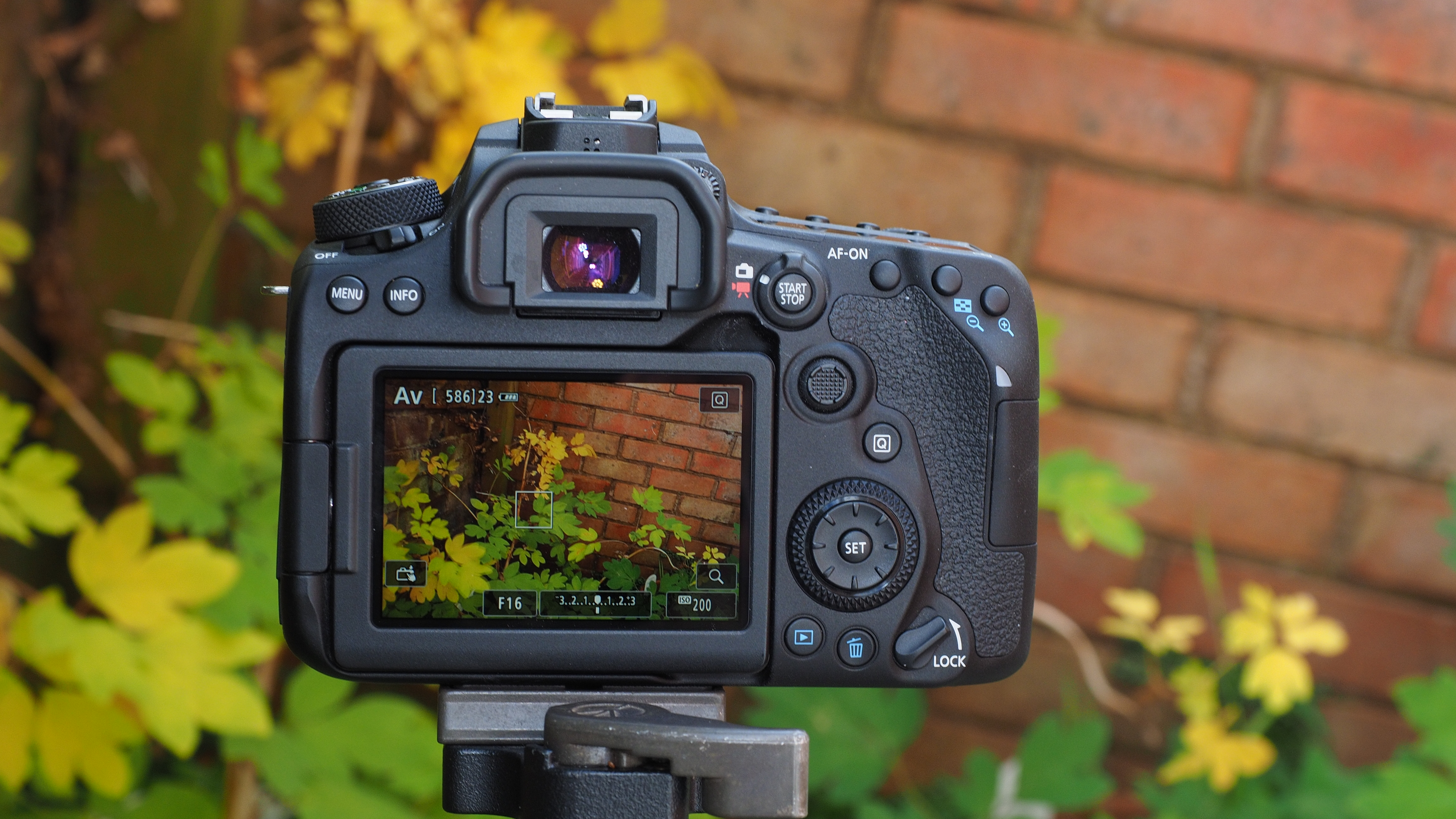
Lab results | Score | Rating |
|---|---|---|
Resolution (ISO 200) | 29/60 | ★★★★ |
Dynamic range (ISO 200) | 12 EV | ★★★ |
Noise (ISO 200) | 45 decibels | ★★★★ |
Best for most people
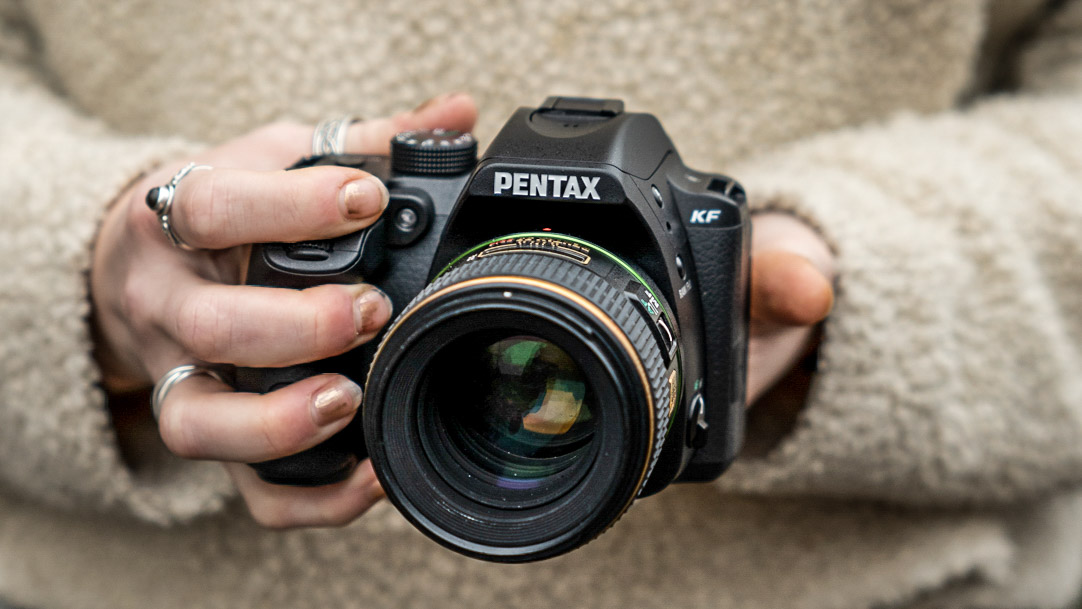
Specifications
Reasons to buy
Reasons to avoid
Sample images



✅ You want a value-packed DSLR: The KF is packed with features not normally seen in a DSLR, like IBIS and an astrophotography mode.
✅ You shoot in all weathers: The KF's extensive weather sealing is also unusual at this price point.
❌ Video is a priority: The KF is designed primarily as a stills camera, and its video tops out at 1080p.
❌ You want maximum lens selection: Pentax's lens range has always trailed Canon and Nikon's selection, while many of its lenses feel dated.
If you are looking for the most modern features in a DSLR, then the Pentax KF is most likely your only option, with no other brand actively developing new DSLRs. Pentax fans will notice a long list of similarities between the older Pentax K-70 and this new Pentax KF, although the new camera brings a higher-res LCD screen and a slightly lower weight.
Aimed at enthusiast photographers, the Pentax KF hits all the basics of photography very well, and for a very reasonable price. Combining a Hybrid AF, with 4.5 stops of image stabilization, a built-in flash, bulb mode, and an articulating screen, this is a very versatile photographer's camera.
Built with Pentax's renowned reliability, the Pentax KF is rugged weather sealed with water and dust proofing and provides dependable cold-proof performance down to as low as 14°F (-10°C).
Read our full Pentax KF review.
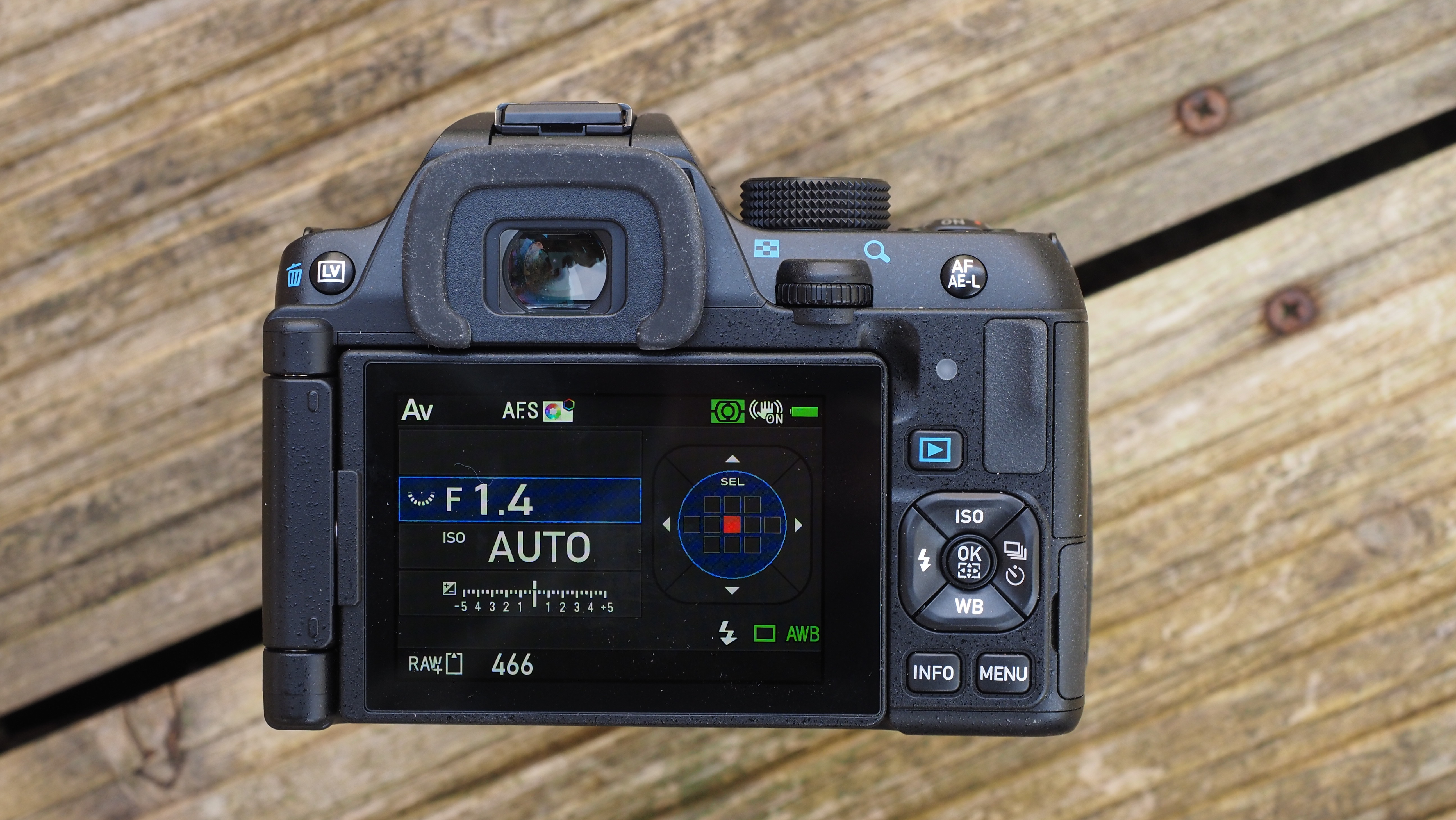
Lab results | Score | Rating |
|---|---|---|
Resolution (ISO 200) | 26/60 | ★★★ |
Dynamic range (ISO 200) | 12.74 EV | ★★★★★ |
Noise (ISO 200) | 39.16 decibels | ★★★★ |
Best for video
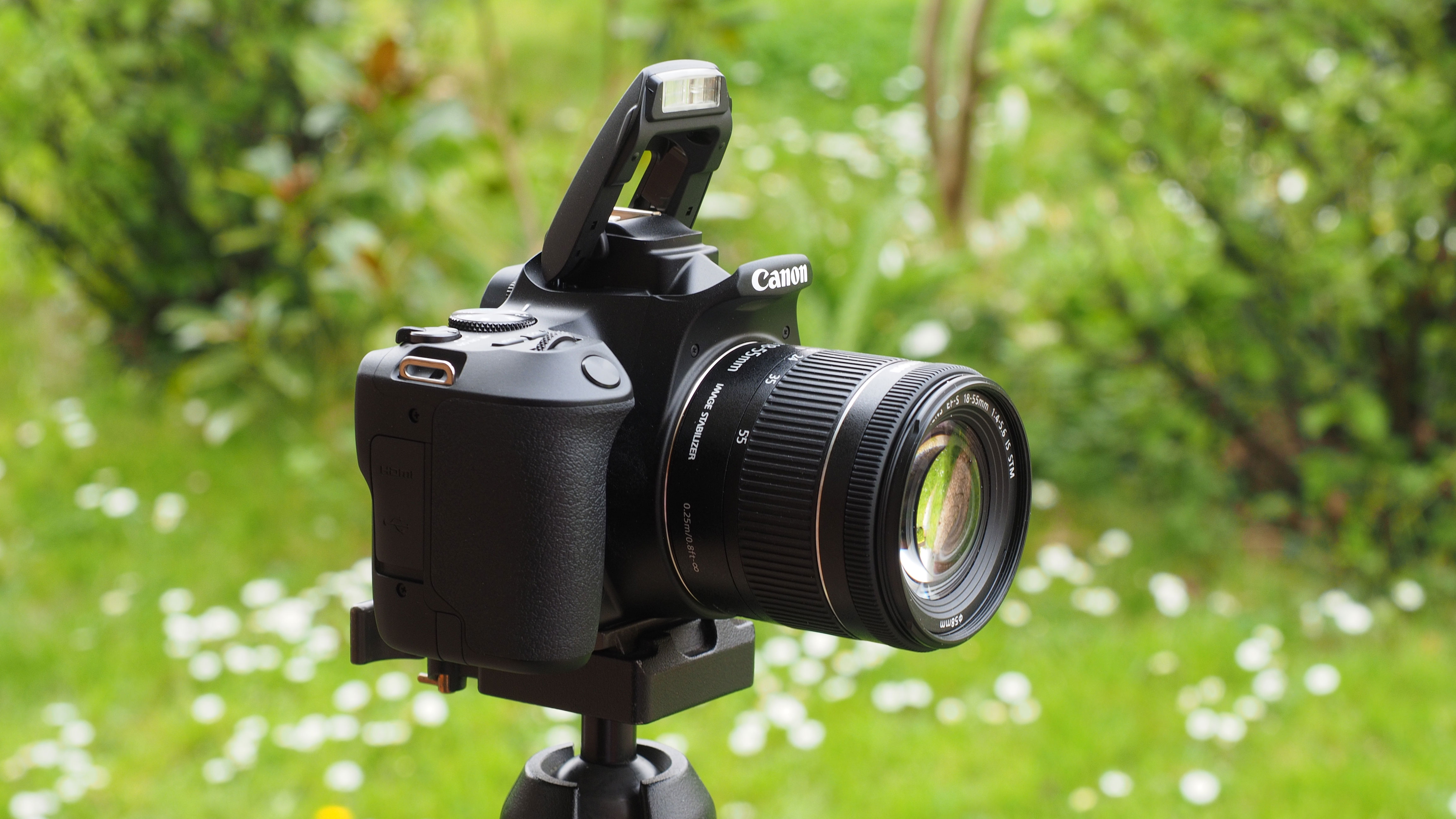
Specifications
Reasons to buy
Reasons to avoid
✅ You want your DSLR to be as small as possible: the SL3 is one of the smallest DSLRs ever - an ideal travel companion.
✅ You're just starting out: a guided menu system and touch-screen control are handy for beginners.
❌ You want to shoot lots of video: 4K video is technically present, but heavily compromised. Video AF is also not the fastest.
The Canon EOS Rebel SL3 (sold as the EOS 250D in Europe) may not be the firm’s cheapest DSLR, but if you’re willing to pay the extra bucks, you do get quite a bit more for your money. Unlike the EOS 2000D, the EOS 250D sports a vari-angle touchscreen, an autofocus system that uses Canon’s Dual Pixel sensor technology, and the ability to shoot 4K UHD video. This is all quite a jump – and it comes in one of the smallest, lightest DSLRs on the market. Not bad!
The EOS 250D also costs a little more, generally speaking, than the Nikon D3500, and it’s more or less a matter of preference as to which one you go for. The clincher may be whether 4K is a deal-breaker for you – if you aren’t bothered about video, the cheaper camera may be the better bet. Otherwise, this is a superb choice.
Read our full Canon EOS Rebel SL3 / EOS 250D review
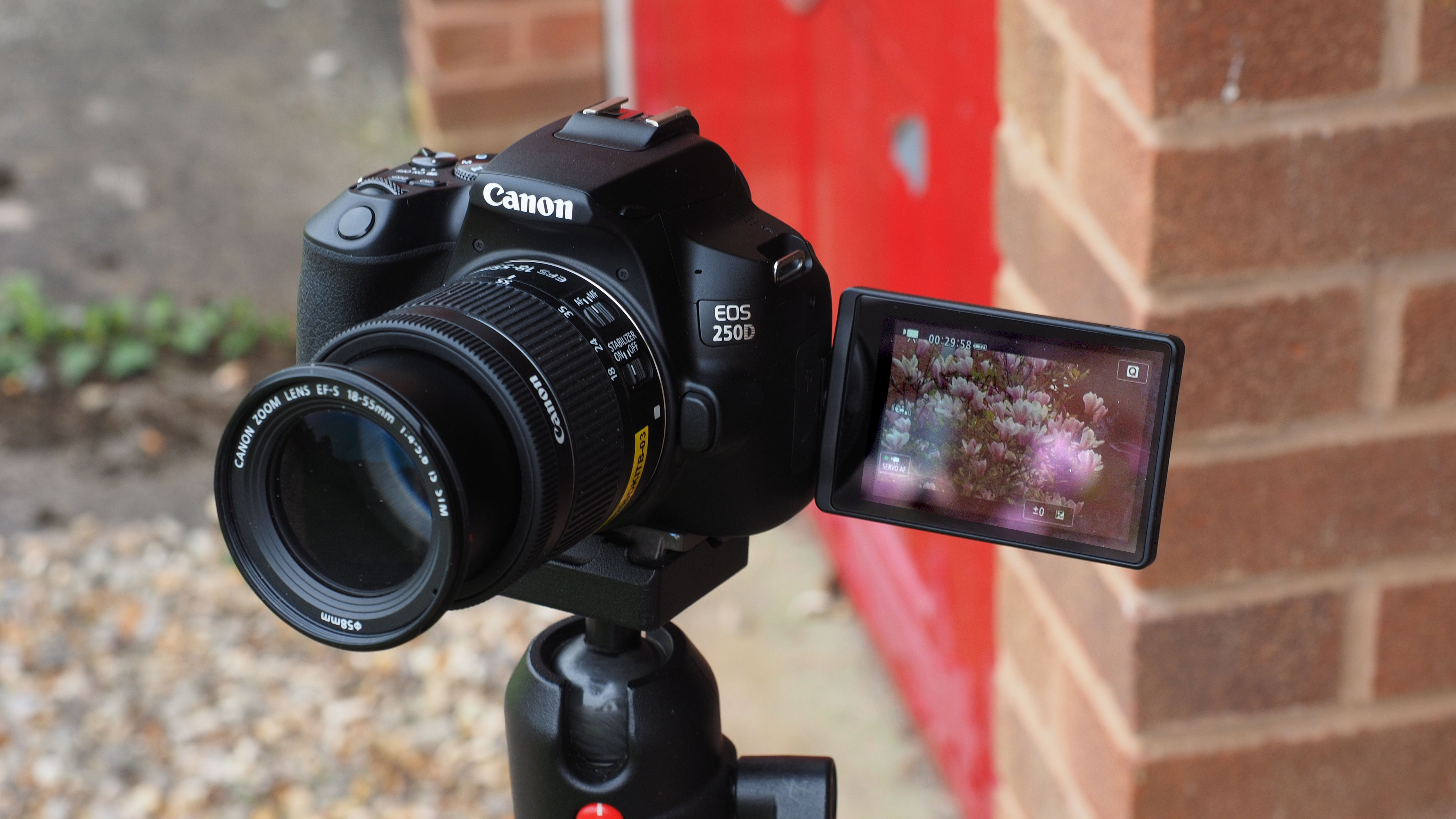
Lab results | Score | Rating |
|---|---|---|
Resolution (ISO 200) | 26/60 | ★★★ |
Dynamic range (ISO 200) | 11.68 EV | ★★★★ |
Noise (ISO 200) | 42.03 decibels | ★★★★★ |
Best for enthusiasts
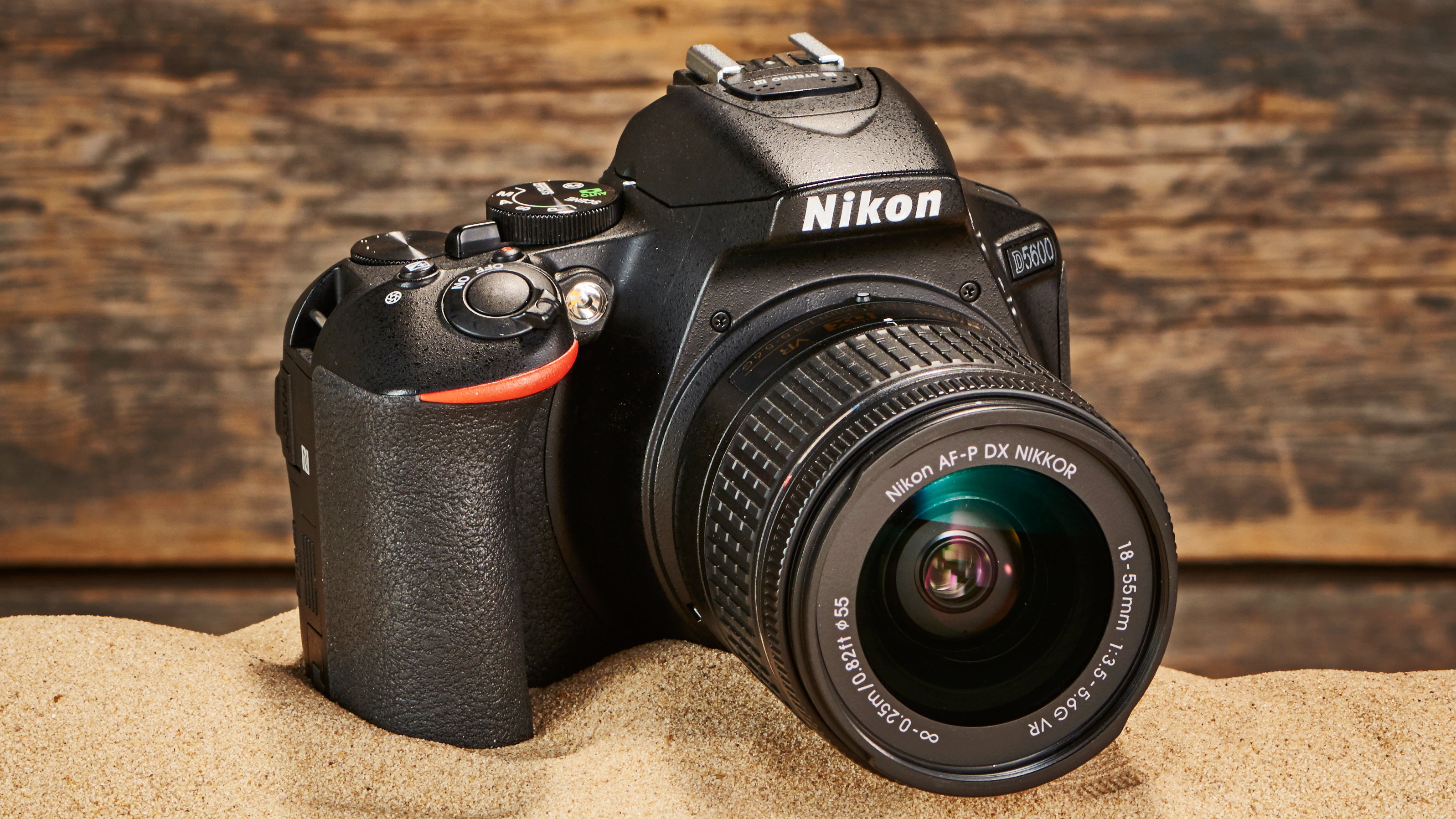
Specifications
Reasons to buy
Reasons to avoid
✅ You use Live View a lot: This features impressive Live View AF
❌ You want 4K video: Unfortunately, video resolution is capped at Full HD 1080P
While this camera has joined the Nikon D3500 in being consigned to the discontinued graveyard, it’s still widely available and makes for a great intermediate choice if you’ve got a slightly higher budget. The autofocus system is streets ahead of other cameras on this list, with 39 points, including 9 of the more accurate cross-type points, and it performs surprisingly well in Live View, which is great for video (no 4K though, sadly).
As noted in our review, we particularly love the design of the D5600, which blends the lightness of mirrorless with a DSLR’s graspability. An enthusiast DSLR without the bulk commonly associated with the term, this is a solid intermediate choice.
Read our full Nikon D5600 review
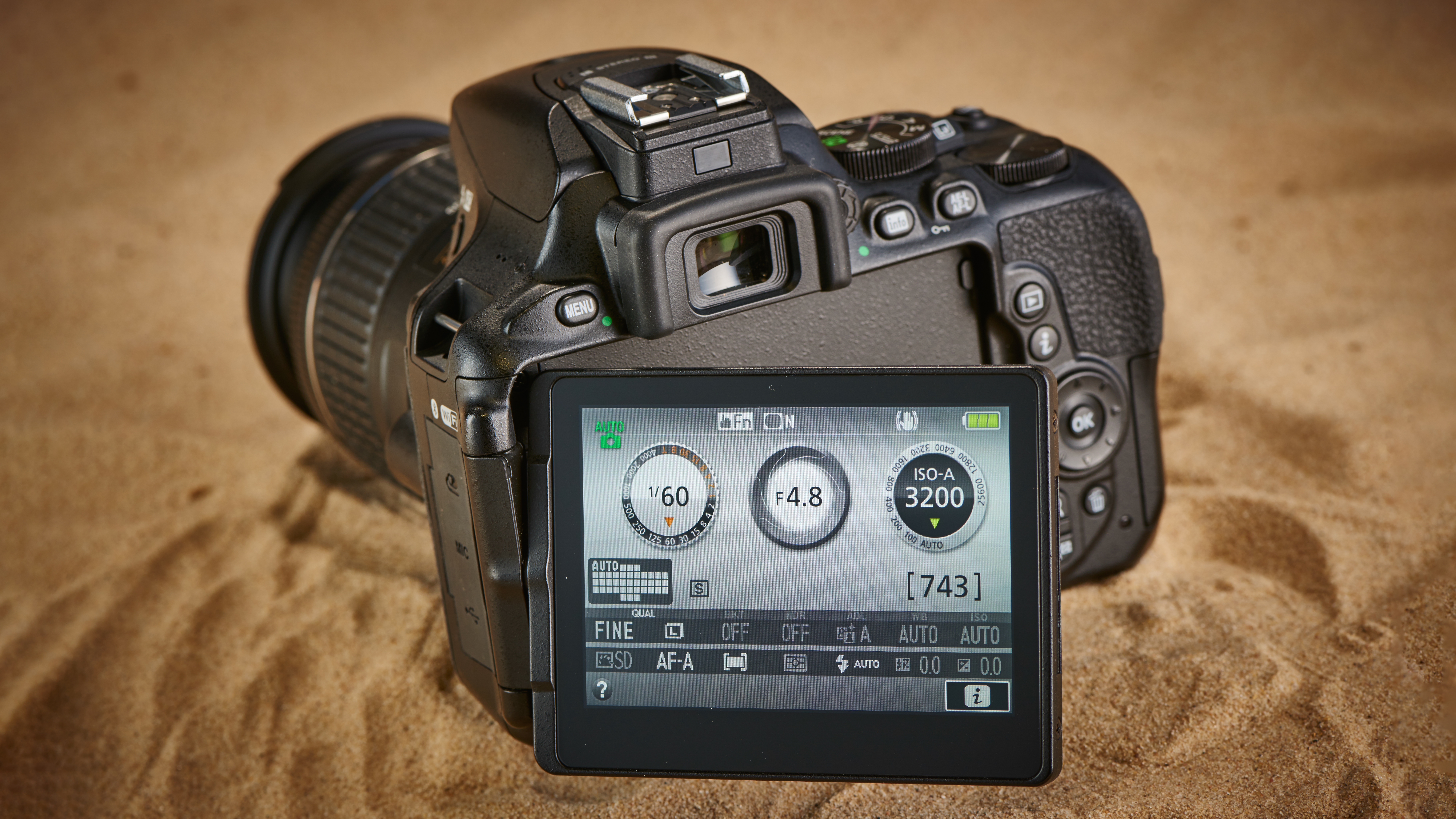
Lab results | Score | Rating |
|---|---|---|
Resolution (ISO 200) | 23/60 | ★★★★ |
Dynamic range (ISO 200) | 11 EV | ★★★ |
Noise (ISO 200) | 37 decibels | ★★★★ |
Best weather-sealed
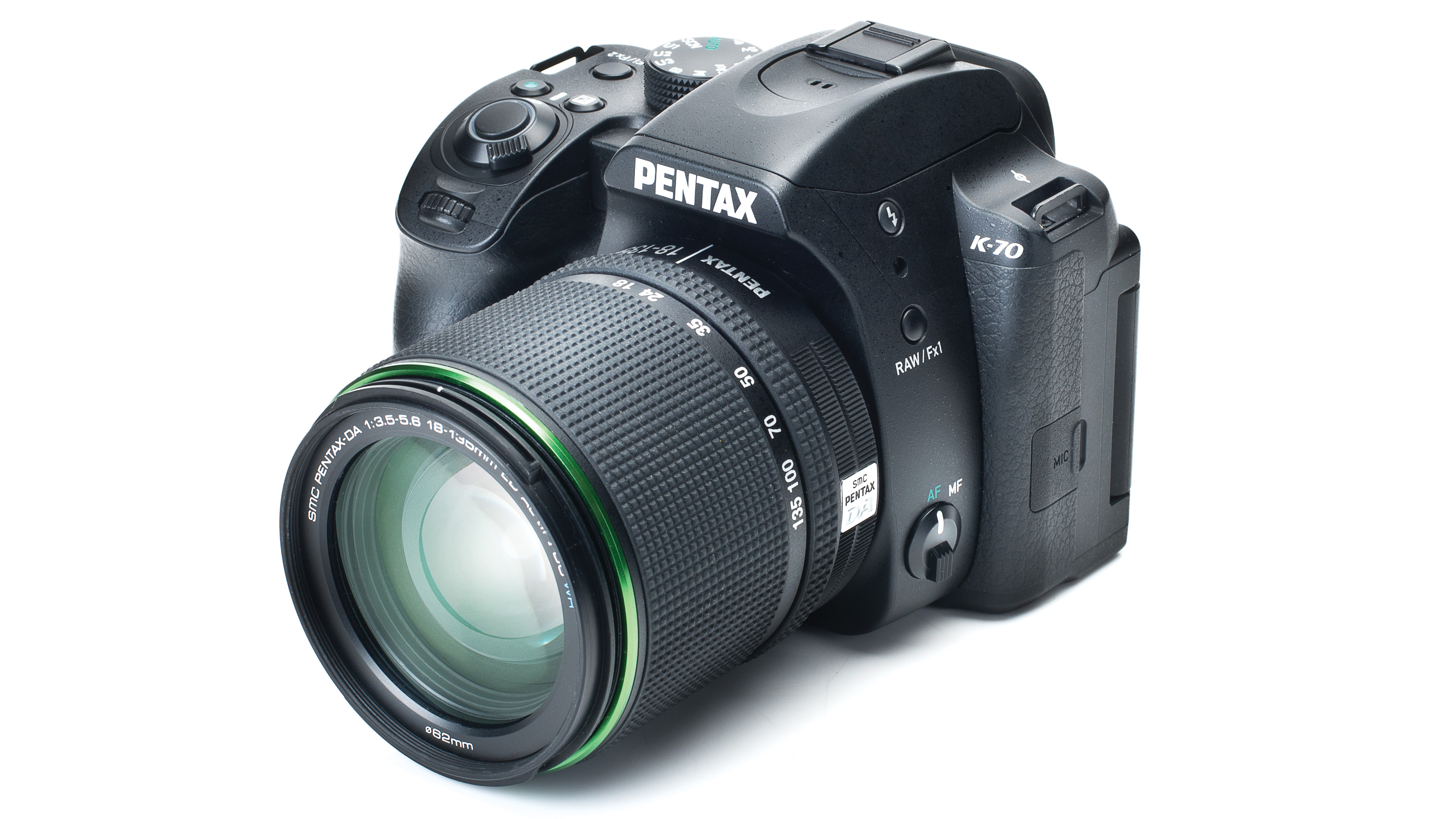
Specifications
Reasons to buy
Reasons to avoid
✅ You want a rugged package: This camera is a solid choice, weather-sealed, and built like a tank
❌ You want quick autofocus: The K-70 has an extremely dated AF system that leaves a lot to be desired
While Canon and Nikon may be the biggest names in DSLRs, don’t count out Pentax just yet. The brand’s revival by Ricoh has seen a run of quietly competent DSLRs, garnering a reputation for comprehensive weather-sealing that has made them popular among outdoor photographers, and they tend to be cheaper than equivalent cameras from the Big Two. The Pentax K-70 is a great choice for budget users who like to take their cameras out in rough conditions.
Something to be aware of is that the range of contemporary lenses is much slimmer than you’d get for EF or F mounts. K-mount may be old, but not many lenses are being made for it nowadays. The AF system also lags behind the advanced systems employed in Canon and Nikon DSLRs.
Read our full Pentax K-70 review
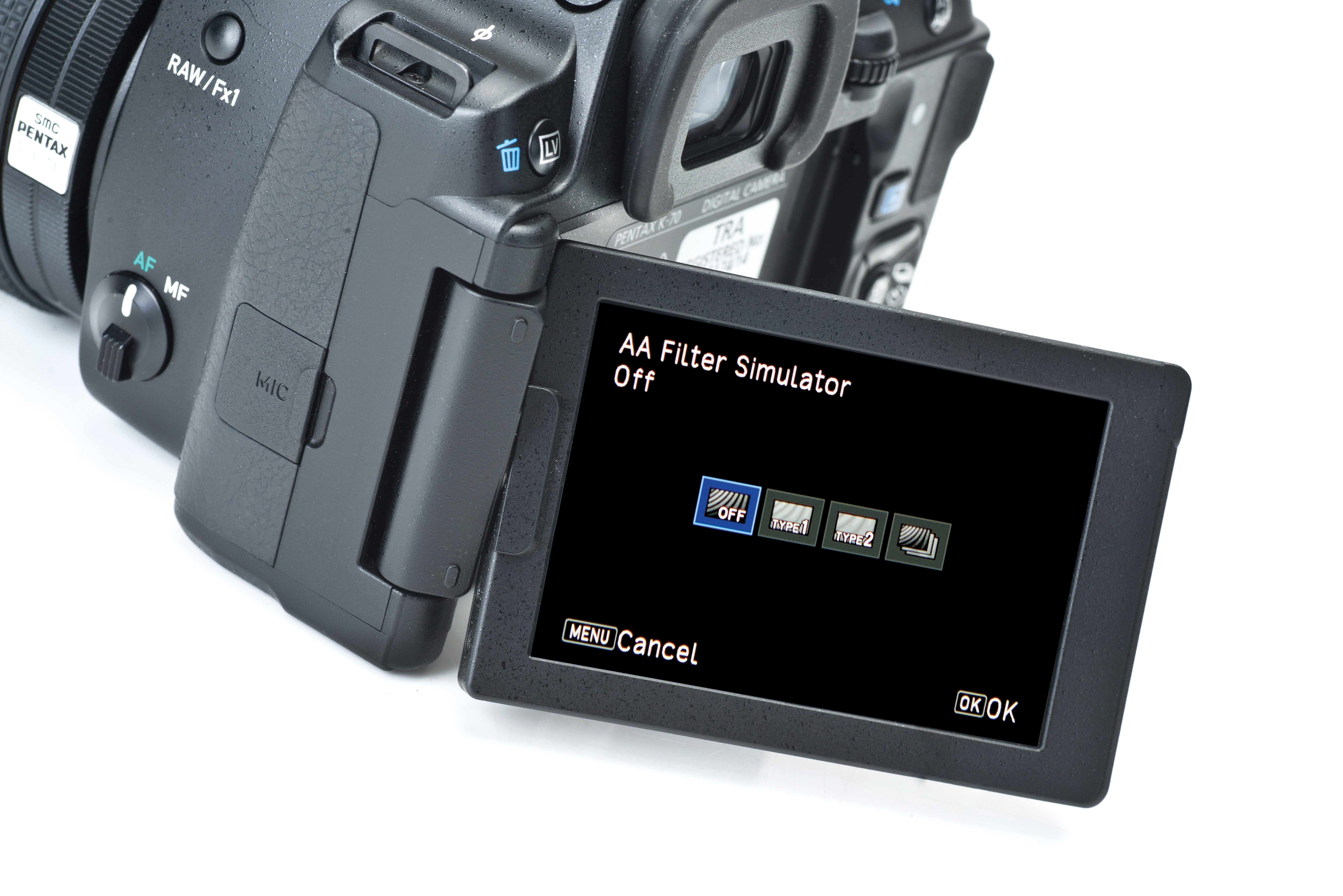
Lab results | Score | Rating |
|---|---|---|
Resolution (ISO 200) | 30/60 | ★★★★ |
Dynamic range (ISO 200) | 12 EV | ★★★ |
Noise (ISO 200) | 42 decibels | ★★★★ |
Also consider
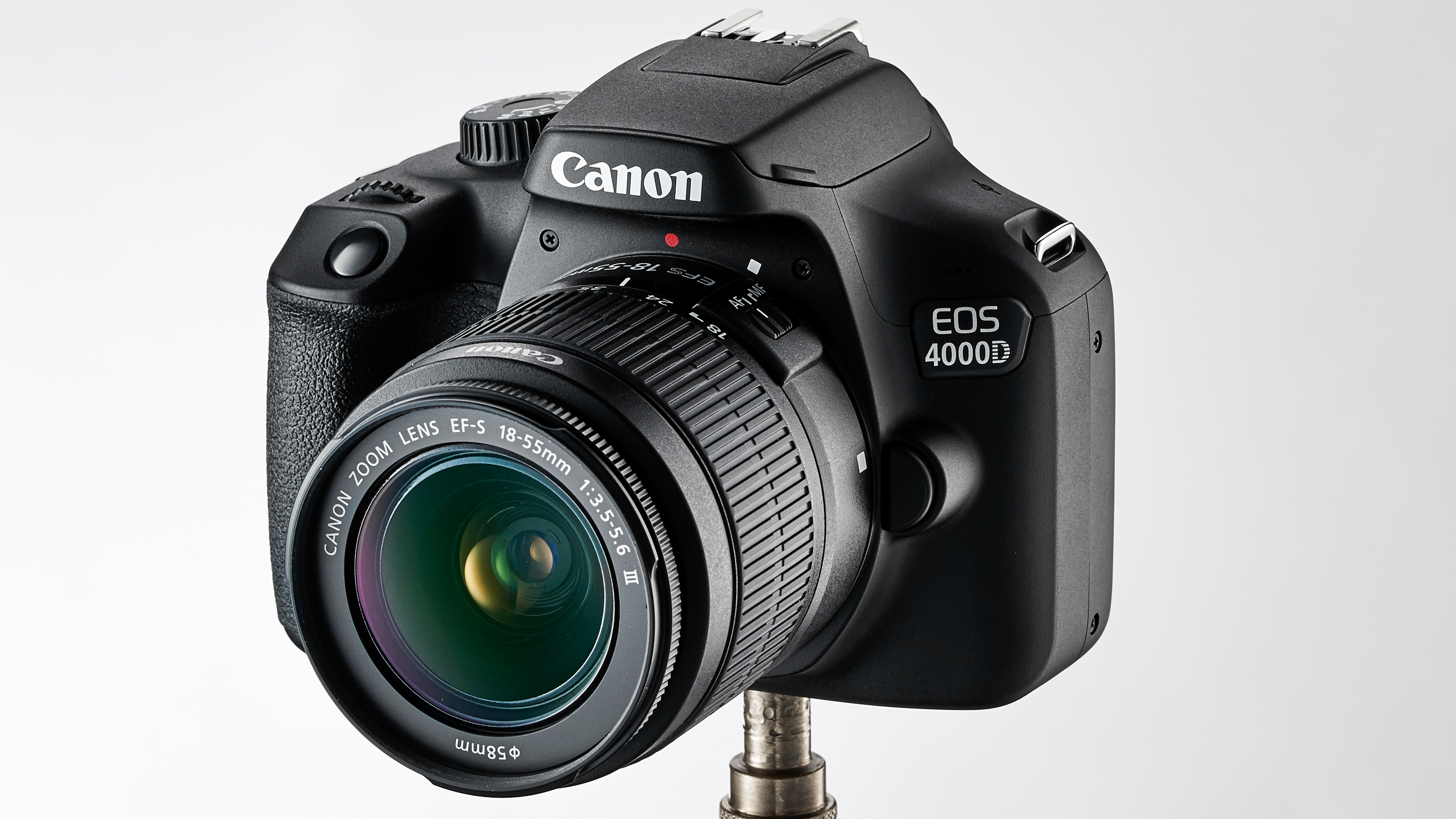
Specifications
Reasons to buy
Reasons to avoid
✅ You're on the strictest budget: Offers all you need, but that's it
❌ You want good autofocus: It's present, but it's very basic
❌ You can afford the Canon T7/2000D: the step-up model is worth the extra
The Canon EOS Rebel T100 (sold in Europe and Australasia as the EOS 4000D or EOS 3000D), is the cheapest of Canon's DSLR models. It was launched at the same time, in 2018, as the Canon Rebel T7 / EOS 2000D and shares much of the same specification.
There are two key differences, though. The first is that this model options a lower resolution 18MP screen (instead of a 24MP one).
The other difference is that this uses a noticeably smaller 2.7in LCD screen, with a marked reduction in the number of pixels (down to 230,000, from 920,000).
Both may seem like small sacrifices - but we would still recommend paying that little bit extra and opt for the higher-specified model.
Read our full Canon Rebel T100 / EOS 4000D review
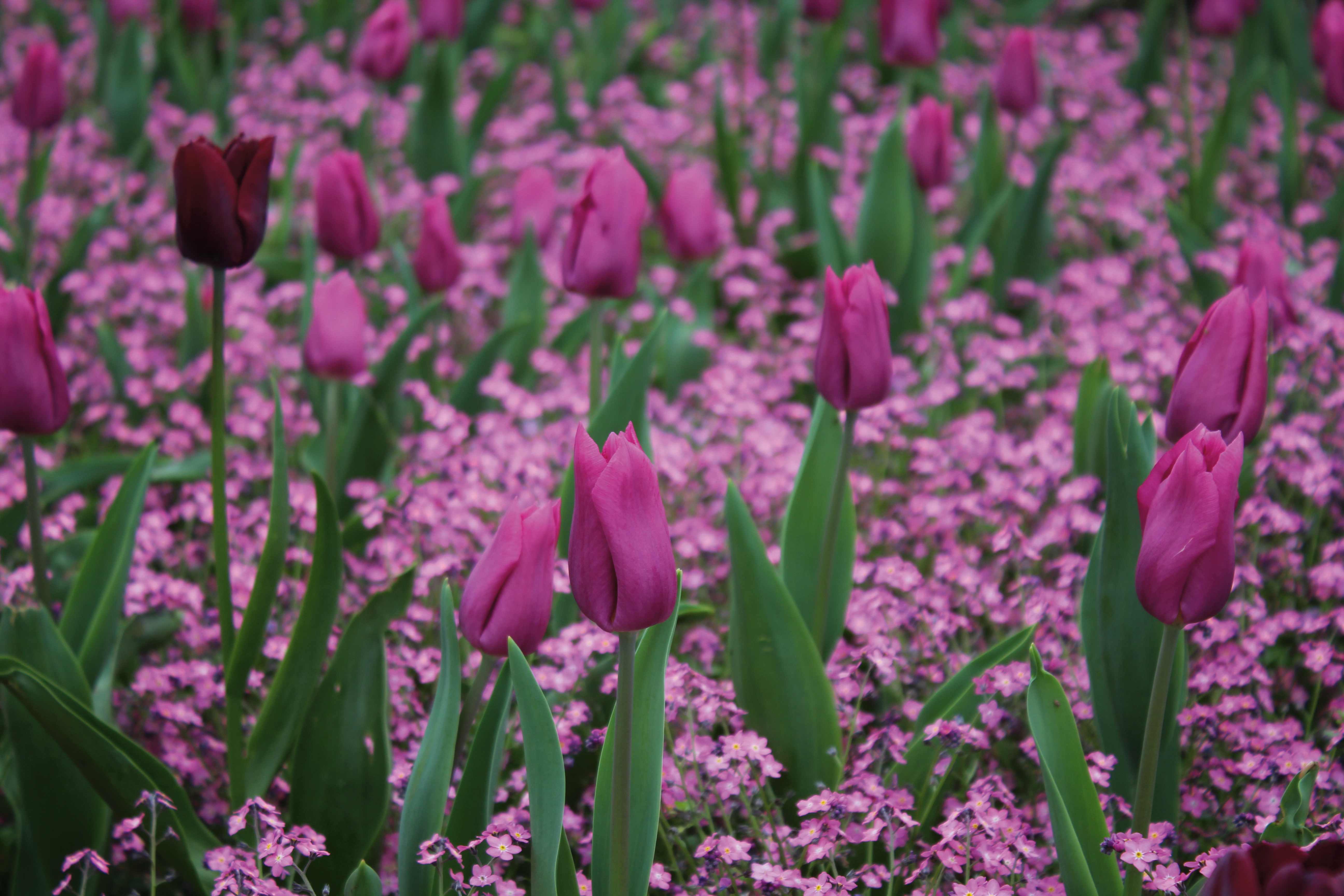
Lab results | Score | Rating |
|---|---|---|
Resolution (ISO 200) | 24/60 | ★★★ |
Dynamic range (ISO 200) | 11 EV | ★★★ |
Noise (ISO 200) | 42 decibels | ★★★★ |
How we test DSLR cameras
We test DSLR cameras both in real-world shooting scenarios and in carefully controlled lab conditions. Find out how we test and review on Digital Camera World.
Our lab tests measure resolution, dynamic range, and signal-to-noise ratio. Resolution is measured using ISO resolution charts, dynamic range is measured using DxO Analyzer test equipment and DxO Analyzer is also used for noise analysis across the camera's ISO range. We use both real-world testing and our lab results to inform our comments in buying guides.
Get the Digital Camera World Newsletter
The best camera deals, reviews, product advice, and unmissable photography news, direct to your inbox!
Jon spent years at IPC Media writing features, news, reviews and other photography content for publications such as Amateur Photographer and What Digital Camera in both print and digital form. With his additional experience for outlets like Photomonitor, this makes Jon one of our go-to specialists when it comes to all aspects of photography, from cameras and action cameras to lenses and memory cards, flash diffusers and triggers, batteries and memory cards, selfie sticks and gimbals, and much more besides.
An NCTJ-qualified journalist, he has also contributed to Shortlist, The Skinny, ThreeWeeks Edinburgh, The Guardian, Trusted Reviews, CreativeBLOQ, and probably quite a few others I’ve forgotten.
